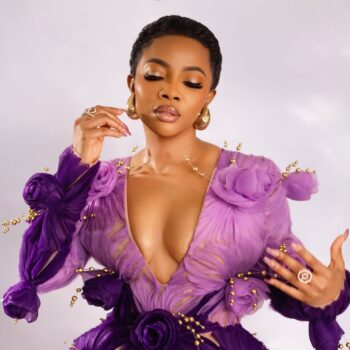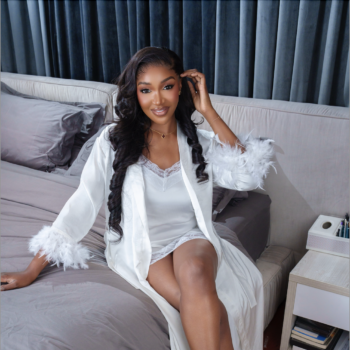The emergence of social media platforms, particularly Instagram, has significantly changed the game for online fashion commerce. As a result, many African fashion brands have adopted these channels as their primary marketing platforms—and they have proven effective. However, with the increasing number of fashion brands on these platforms, standing out has become an arduous task. In this piece, I will discuss how and why African fashion brands could leverage 3D virtual influencers to differentiate themselves in the highly competitive social commerce space.
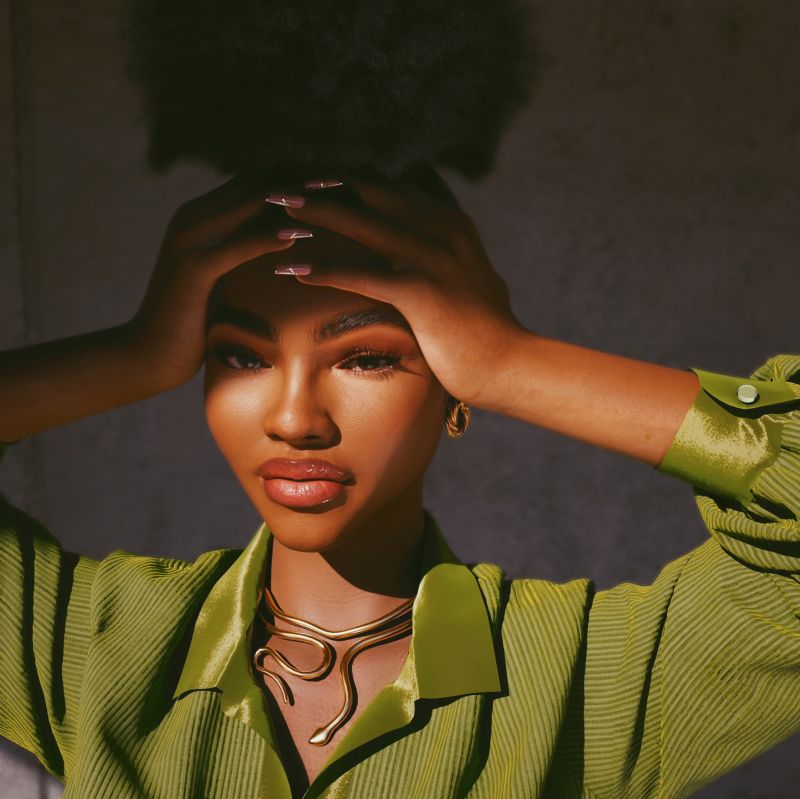
To gain online visibility, vendors consistently showcase their products in multiple relatable ways, highlighting the range of colours, sizes, and styles. For this, traditional product photography may no longer suffice. Nowadays, fashion vendors on Instagram are adopting new strategies, such as incorporating skits and dances into their content, to attract more viewers and differentiate themselves from the competition. While this strategy has proven effective, it is also time-consuming and may not be sustainable in the long run. Additionally, if every brand embraces these tactics, it may end up being just another trend in the sea of content.
As you may have noticed, I enjoy challenges, particularly finding ways for African fashion brands to achieve two seemingly conflicting outcomes. For some time, I have been focused on how brands can stand out on global social commerce platforms without overspending. It’s a hard nut to crack because creating high-quality requires considerable time and money.
I pondered this challenge until I stumbled upon a LinkedIn post about Mojirade, a 3D virtual African influencer.
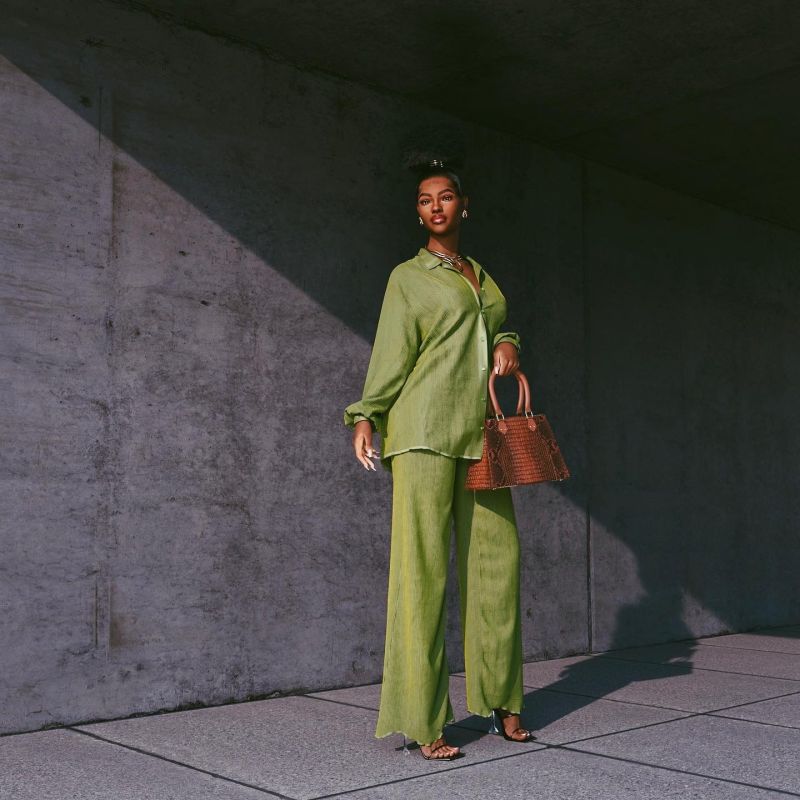
So first, what are 3D virtual influencers?
3D virtual influencers are digital personas that resemble and behave like real-life human models. They are created using 3D modelling software and can be brought to life with artificial intelligence.
Why is a 3D virtual influencer like Mojirade exciting for the Nigerian fashion space?
As an African fashion brand, engaging a 3D virtual influencer offers endless possibilities to stand out online and, with the appropriate partner and collaboration, can also be cost-effective. Here are six benefits a 3D virtual influencer can provide for an African fashion brand:
- Consistency With 3D virtual influencers, African fashion brands can ensure a consistent image and message across all marketing channels. Since these characters are not subject to human error, they can maintain consistency across the board.
- Accessibility 3D virtual influencers can help African fashion brands increase their global visibility and expand their customer base beyond the range of human influencers. Brands can customise these influencers to appeal to a larger audience, e.g., highlighting different locations or celebrating national events. Additionally, virtual influencers have the potential to be more inclusive, as brands can create digital personas to represent a diverse range of body types, races, etc.
- Flexibility Unlike human influencers, 3D virtual influencers are always available, and brands can use them for different content types, including product launches, campaigns, and collaborations. They can also be programmed to perform various actions, such as dancing or posing, to make content more engaging.
- Increased creativity African fashion brands can leverage 3D virtual influencers to extend the bounds of product creativity. It is easier to achieve design variations and dynamism in virtual environments. They can also adapt content to the design themes beyond the limitations of real-life factors like location, weather, etc.
- Cost-effective African fashion brands can save costs using 3D virtual influencers versus hiring human models. They eliminate the need for physical photo shoots, which can be costly and time-consuming to organise. More importantly, the cost model for virtual influencers, as measured by time and presence, is more granular than for human influencers, giving brands the flexibility to tailor their costs accordingly.
- Insight With 3D virtual influencers, African fashion brands can test the market’s response to their designs before investing in bulk production. With this strategy, they can minimise dead inventory, increase margins, and ultimately improve profitability.
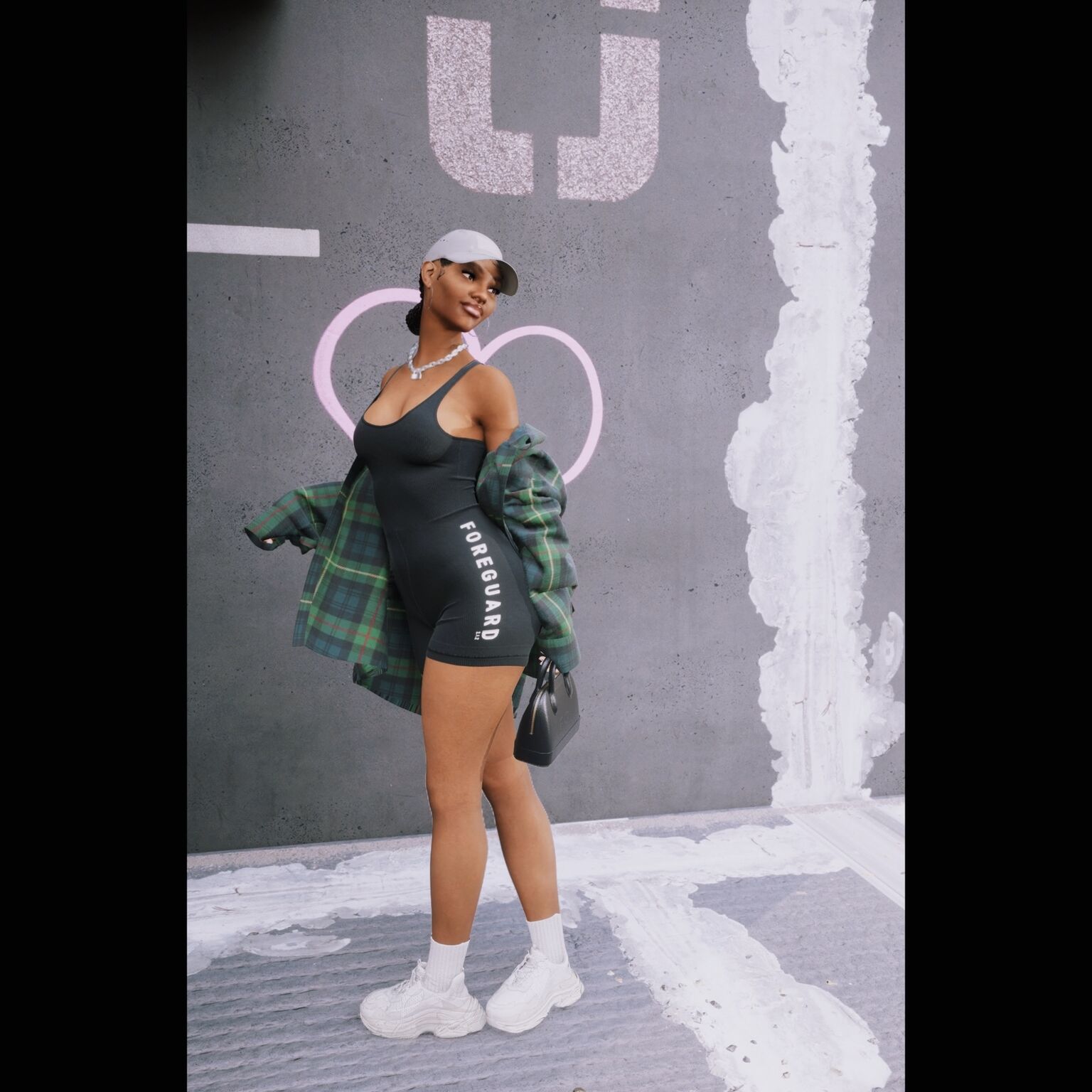
How can an African fashion brand get access to a 3D virtual influencer?
Truthfully, local 3D virtual influencer options are limited, and the expenses involved in creating an in-house influencer can be prohibitive. My recommended approach for African fashion brands is to engage in a revenue-sharing partnership with a 3D agency instead of hiring one outright. The 3D agency would create 3D renderings of the brand’s designs on models, which the brand can then use for pre-sales. In this collaboration, the 3D agency would receive a commission per sale while the brand produces and ships the garments and keeps the profit.
***
To thrive in the fiercely competitive online market, African fashion brands must do more than showcase their products. Their goal should be to create a unique brand experience that resonates with their target audience. By adopting innovative technologies such as 3D virtual influencers, brands can minimise the time spent on content creation while still standing out from their competitors and providing customers with an exceptional brand experience.

